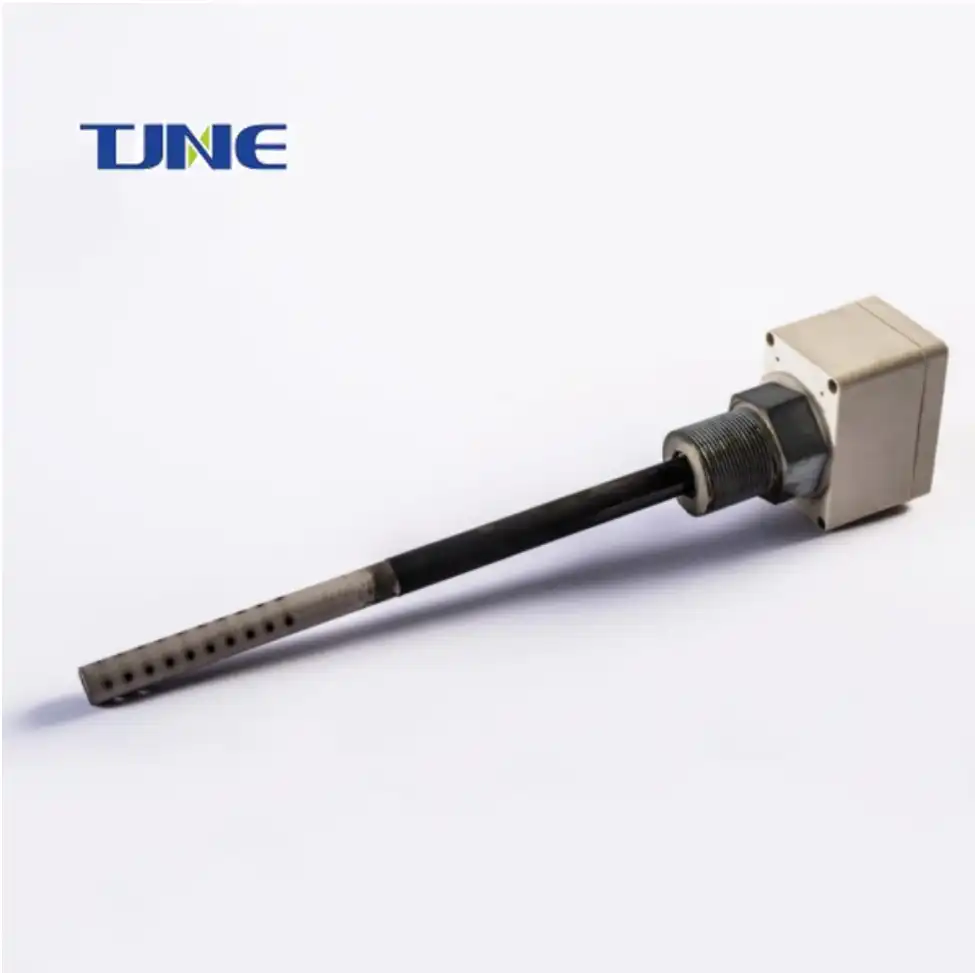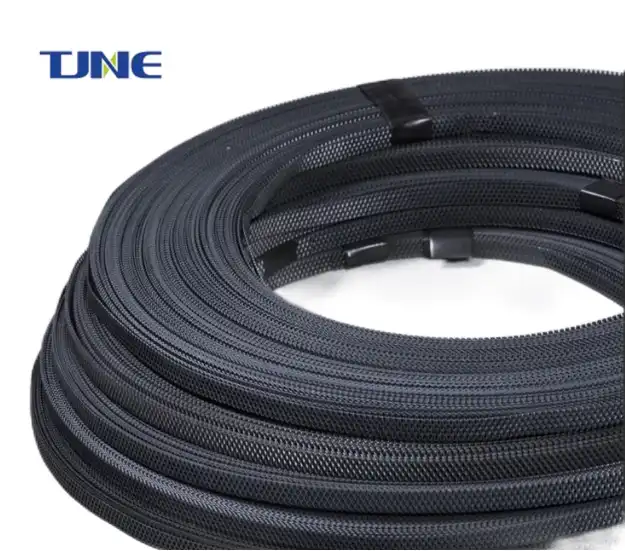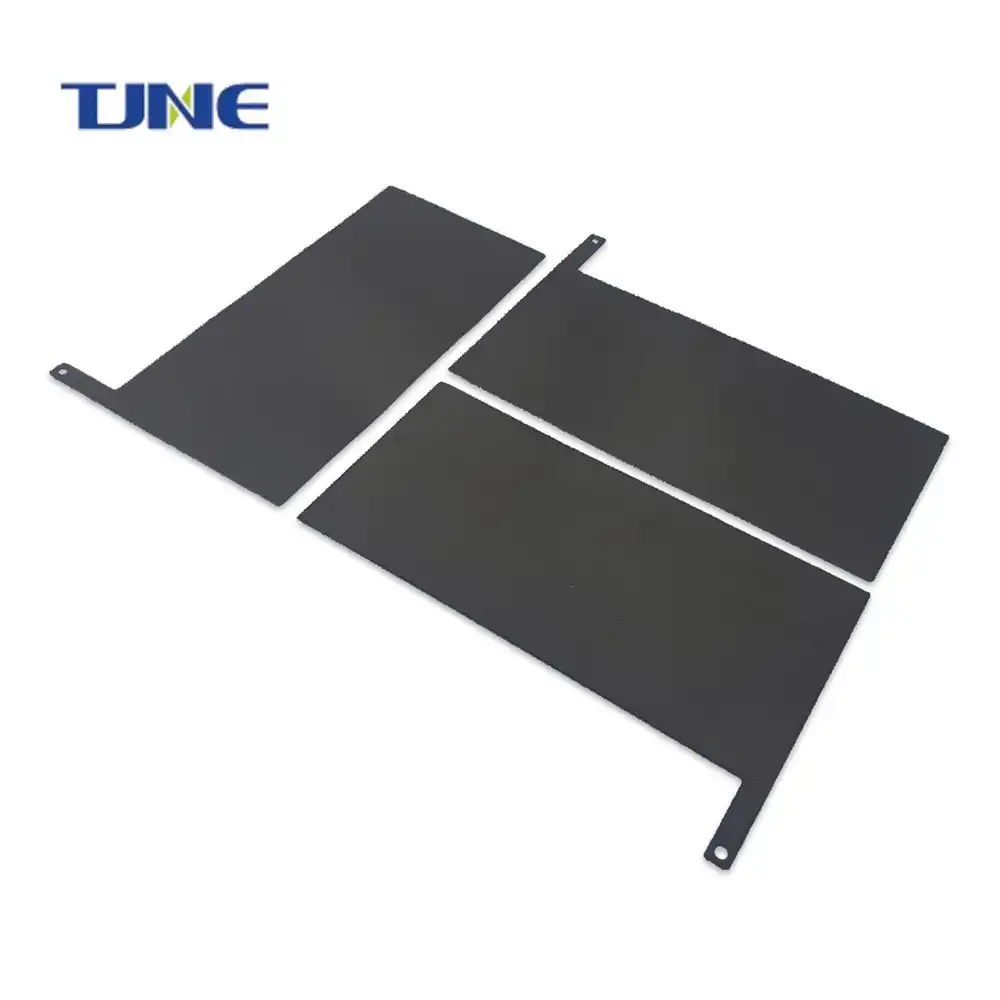- English
- French
- German
- Portuguese
- Spanish
- Russian
- Japanese
- Korean
- Arabic
- Greek
- German
- Turkish
- Italian
- Danish
- Romanian
- Indonesian
- Czech
- Afrikaans
- Swedish
- Polish
- Basque
- Catalan
- Esperanto
- Hindi
- Lao
- Albanian
- Amharic
- Armenian
- Azerbaijani
- Belarusian
- Bengali
- Bosnian
- Bulgarian
- Cebuano
- Chichewa
- Corsican
- Croatian
- Dutch
- Estonian
- Filipino
- Finnish
- Frisian
- Galician
- Georgian
- Gujarati
- Haitian
- Hausa
- Hawaiian
- Hebrew
- Hmong
- Hungarian
- Icelandic
- Igbo
- Javanese
- Kannada
- Kazakh
- Khmer
- Kurdish
- Kyrgyz
- Latin
- Latvian
- Lithuanian
- Luxembou..
- Macedonian
- Malagasy
- Malay
- Malayalam
- Maltese
- Maori
- Marathi
- Mongolian
- Burmese
- Nepali
- Norwegian
- Pashto
- Persian
- Punjabi
- Serbian
- Sesotho
- Sinhala
- Slovak
- Slovenian
- Somali
- Samoan
- Scots Gaelic
- Shona
- Sindhi
- Sundanese
- Swahili
- Tajik
- Tamil
- Telugu
- Thai
- Ukrainian
- Urdu
- Uzbek
- Vietnamese
- Welsh
- Xhosa
- Yiddish
- Yoruba
- Zulu
Titanium electrodes for drinking water disinfection are innovative components used in advanced water treatment systems to eliminate harmful microorganisms and ensure safe, potable water. These electrodes play a crucial role in electrochemical disinfection processes, leveraging the unique properties of titanium to effectively purify water without introducing harmful chemicals. As concerns about water quality and safety continue to grow worldwide, understanding the application and benefits of titanium electrodes in water treatment becomes increasingly important for both industry professionals and consumers alike.
How does a titanium electrode work in water treatment?
Titanium electrodes function as a key element in electrochemical water disinfection systems, utilizing the principles of electrolysis to purify water. When an electric current is applied to these electrodes immersed in water, it triggers a series of chemical reactions that effectively eliminate pathogens and other contaminants. The process begins with the titanium electrode acting as an anode, where oxidation reactions occur.
At the titanium anode, water molecules are oxidized, producing oxygen gas and hydrogen ions. This reaction creates a highly oxidative environment near the electrode surface. Simultaneously, chloride ions naturally present in water are oxidized to form chlorine species such as hypochlorite (OCl-) and hypochlorous acid (HOCl). These chlorine-based oxidants are powerful disinfectants capable of inactivating a wide range of microorganisms, including bacteria, viruses, and protozoa.
The cathode, often made of a different material like stainless steel, completes the electrical circuit. Here, reduction reactions take place, typically resulting in the formation of hydrogen gas from water molecules. This cathodic reaction helps maintain the overall electrochemical balance of the system.
One of the key advantages of using titanium as an electrode material is its exceptional stability in electrochemical environments. Titanium forms a thin, protective oxide layer on its surface when exposed to oxygen or water. This oxide layer, primarily composed of titanium dioxide (TiO2), is highly resistant to corrosion and chemical attack. As a result, titanium electrodes can withstand the harsh conditions of water treatment processes without degrading or introducing contaminants into the water.
Furthermore, titanium electrodes can be coated with catalytic materials to enhance their performance. Common coatings include precious metals like platinum, iridium, or ruthenium, as well as mixed metal oxides. These coatings serve to increase the electrode's conductivity, lower the overpotential required for water oxidation, and improve the overall efficiency of the disinfection process.
The effectiveness of titanium electrodes in water treatment depends on various factors, including the applied current density, water composition, flow rate, and contact time. By carefully controlling these parameters, water treatment facilities can optimize the disinfection process to achieve the desired level of microbial inactivation while minimizing energy consumption and the formation of potentially harmful disinfection by-products.
What are the advantages of using titanium electrodes for water disinfection?
Titanium electrodes offer several significant advantages in drinking water disinfection, making them an increasingly popular choice for water treatment facilities and researchers alike. These benefits stem from titanium's unique physical and chemical properties, as well as the electrochemical disinfection process itself.
First and foremost, titanium electrodes provide excellent durability and longevity. The formation of a stable oxide layer on the titanium surface imparts exceptional corrosion resistance, allowing these electrodes to withstand the harsh conditions encountered in water treatment applications. This durability translates to reduced maintenance requirements and longer operational lifespans compared to other electrode materials, ultimately lowering the long-term costs associated with water disinfection systems.
Another key advantage is the high efficiency of titanium electrodes in generating disinfecting agents. When properly coated with catalytic materials, titanium anodes can produce a variety of oxidants, including chlorine species, ozone, and hydroxyl radicals, with relatively low energy input. This efficiency not only reduces operational costs but also minimizes the environmental impact of the water treatment process.
Titanium electrodes also offer great flexibility in terms of water treatment capabilities. By adjusting the applied current, treatment time, and other parameters, operators can fine-tune the disinfection process to address specific water quality issues. This adaptability makes titanium electrode-based systems suitable for a wide range of applications, from small-scale point-of-use devices to large municipal water treatment plants.
Moreover, the use of titanium electrodes in water disinfection can lead to improved water quality compared to traditional chemical disinfection methods. Electrochemical disinfection typically produces fewer disinfection by-products (DBPs) than chlorination, addressing concerns about the potential health effects of long-term exposure to these compounds. Additionally, the in-situ generation of oxidants eliminates the need for transportation and storage of hazardous chemicals, enhancing safety and reducing environmental risks.
Titanium electrodes also contribute to the development of more compact and efficient water treatment systems. The electrochemical approach allows for the integration of multiple treatment steps, such as disinfection, oxidation of organic contaminants, and removal of heavy metals, into a single process. This integration can lead to significant space savings and simplified plant designs, particularly beneficial in urban areas or regions with limited resources.
Furthermore, titanium electrode-based systems offer excellent controllability and automation potential. The disinfection process can be easily monitored and adjusted in real-time by measuring parameters such as oxidation-reduction potential (ORP) and residual chlorine levels. This precise control ensures consistent water quality and allows for rapid response to changing water conditions or treatment requirements.
Lastly, the use of titanium electrodes aligns well with the growing trend towards sustainable and environmentally friendly water treatment technologies. By reducing reliance on chemical additives and minimizing energy consumption, these systems can help water utilities reduce their carbon footprint and contribute to broader sustainability goals.
Are titanium electrodes cost-effective for long-term water purification?
The cost-effectiveness of titanium electrodes for long-term water purification is a critical consideration for water treatment facilities and decision-makers. While the initial investment in titanium electrode systems may be higher compared to some conventional treatment methods, a comprehensive analysis reveals that they can indeed be highly cost-effective over the long term.
One of the primary factors contributing to the cost-effectiveness of titanium electrodes is their exceptional durability. The corrosion-resistant nature of titanium, enhanced by its protective oxide layer, results in a significantly longer operational lifespan compared to other electrode materials. This longevity translates to reduced replacement costs and less frequent maintenance, which can substantially lower the total cost of ownership over time.
Moreover, the high efficiency of titanium electrodes in generating disinfecting agents contributes to their cost-effectiveness. The ability to produce powerful oxidants with relatively low energy input leads to reduced operational costs. This energy efficiency becomes particularly significant in large-scale water treatment operations, where even small reductions in energy consumption can result in substantial cost savings over time.
The versatility of titanium electrode systems also plays a role in their cost-effectiveness. The ability to address multiple water quality issues simultaneously – such as disinfection, taste and odor control, and removal of certain contaminants – can eliminate the need for separate treatment processes. This integration can lead to significant savings in terms of equipment, space, and operational complexity.
Another aspect that enhances the cost-effectiveness of titanium electrodes is the reduction in chemical usage. Traditional water treatment often relies heavily on the addition of chemicals for disinfection and other purposes. In contrast, electrochemical systems using titanium electrodes generate disinfectants in-situ, reducing or eliminating the need for chemical storage, handling, and transportation. This not only lowers direct costs but also minimizes potential safety risks and associated liabilities.
The precise controllability of titanium electrode systems contributes to their cost-effectiveness by optimizing resource utilization. Real-time monitoring and adjustment capabilities ensure that the treatment process operates at peak efficiency, avoiding overtreatment and unnecessary energy or resource consumption. This level of control can lead to significant savings, especially in large-scale operations.
Furthermore, the environmental benefits of titanium electrode systems can translate into economic advantages. As regulations surrounding water quality and environmental protection become increasingly stringent, technologies that produce fewer disinfection by-products and have a lower environmental impact may become more financially attractive. Titanium electrode systems may help water utilities avoid potential future costs associated with regulatory compliance or environmental remediation.
It's important to note that the cost-effectiveness of titanium electrodes can vary depending on specific circumstances, such as water quality, treatment capacity, and local energy costs. A thorough lifecycle cost analysis, taking into account factors such as initial investment, operational costs, maintenance requirements, and expected lifespan, is crucial for accurately assessing the long-term economic viability of these systems.
In conclusion, while titanium electrodes for drinking water disinfection may require a higher initial investment, their durability, efficiency, versatility, and environmental benefits make them a cost-effective solution for long-term water purification. As water treatment facilities increasingly prioritize sustainability, efficiency, and long-term economic viability, titanium electrode systems are likely to play an increasingly important role in ensuring safe and clean drinking water for communities worldwide.
If you are interested in the products of Xi'an Taijin New Energy Technology Co., Ltd., please contact yangbo@tjanode.com.
References:
1. Martínez-Huitle, C. A., & Ferro, S. (2006). Electrochemical oxidation of organic pollutants for the wastewater treatment: direct and indirect processes. Chemical Society Reviews, 35(12), 1324-1340.
2. Kraft, A. (2008). Electrochemical water disinfection: A short review. Platinum Metals Review, 52(3), 177-185.
3. Panizza, M., & Cerisola, G. (2009). Direct and mediated anodic oxidation of organic pollutants. Chemical Reviews, 109(12), 6541-6569.
4. Sirés, I., Brillas, E., Oturan, M. A., Rodrigo, M. A., & Panizza, M. (2014). Electrochemical advanced oxidation processes: today and tomorrow. A review. Environmental Science and Pollution Research, 21(14), 8336-8367.
5. Radjenovic, J., & Sedlak, D. L. (2015). Challenges and opportunities for electrochemical processes as next-generation technologies for the treatment of contaminated water. Environmental Science & Technology, 49(19), 11292-11302.
6. Chaplin, B. P. (2014). Critical review of electrochemical advanced oxidation processes for water treatment applications. Environmental Science: Processes & Impacts, 16(6), 1182-1203.
7. Ganiyu, S. O., Martínez-Huitle, C. A., & Rodrigo, M. A. (2020). Electrochemical advanced oxidation processes for the removal of organic pollutants from water. Current Opinion in Electrochemistry, 22, 211-220.
8. Feng, Y., Lee, P. H., Wu, D., & Shih, K. (2017). Surface-modified titanium electrode for electrochemical oxidation of perfluorooctanesulfonate. Environmental Science & Technology, 51(4), 2411-2417.
9. Särkkä, H., Bhatnagar, A., & Sillanpää, M. (2015). Recent developments of electro-oxidation in water treatment—A review. Journal of Electroanalytical Chemistry, 754, 46-56.
10. Martínez-Huitle, C. A., Rodrigo, M. A., Sirés, I., & Scialdone, O. (2015). Single and coupled electrochemical processes and reactors for the abatement of organic water pollutants: a critical review. Chemical Reviews, 115(24), 13362-13407.












